From Portugal to Belgium and Germany, explore 9 European design trends that are far from fleeting
We explore the European design trends that designers are loving for 2025, with nods to Art Deco, heritage designs, and more
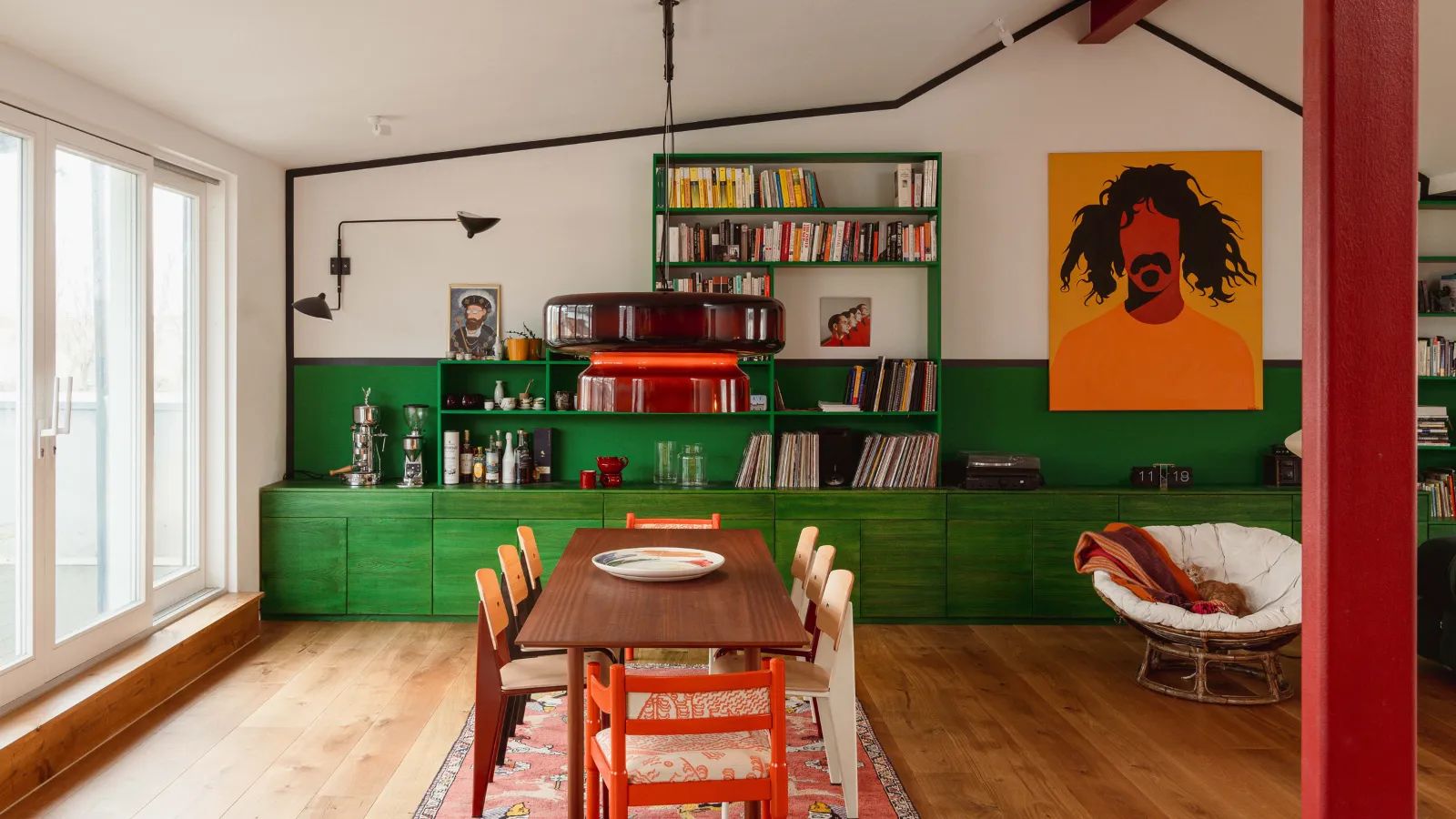
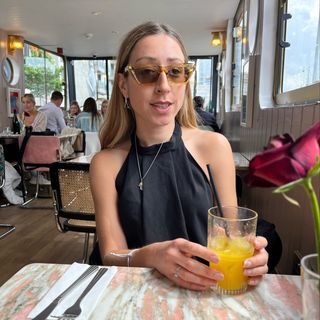
When it is time to give your home surroundings a refresh, there are many avenues to explore, and seeking out European design trends opens a world of opportunity.
Something that never fails to bring new interior design ideas to the table for me is travel. Which is why Paris and further afield are always on the cards when exploring design lessons from European style, simply to see what colors, patterns, and room layouts are taking shape, and bringing ambiance to each location.
The beauty of Europe is that it is a melting pot of unique styles that speak to both heritage and contemporary aesthetics. To give your future decor projects a lift, I called on different design experts in Europe to see what interior design trends they have seen emerging and how they can shape our own design habits, too..
9 European design trends to infuse into your home
Resurfacing styles from the past and highlighting more modern European styles that might just stand the test of time, these are some covetable European design trends to infuse into your home.
1. A beautifully bold and playful return to color
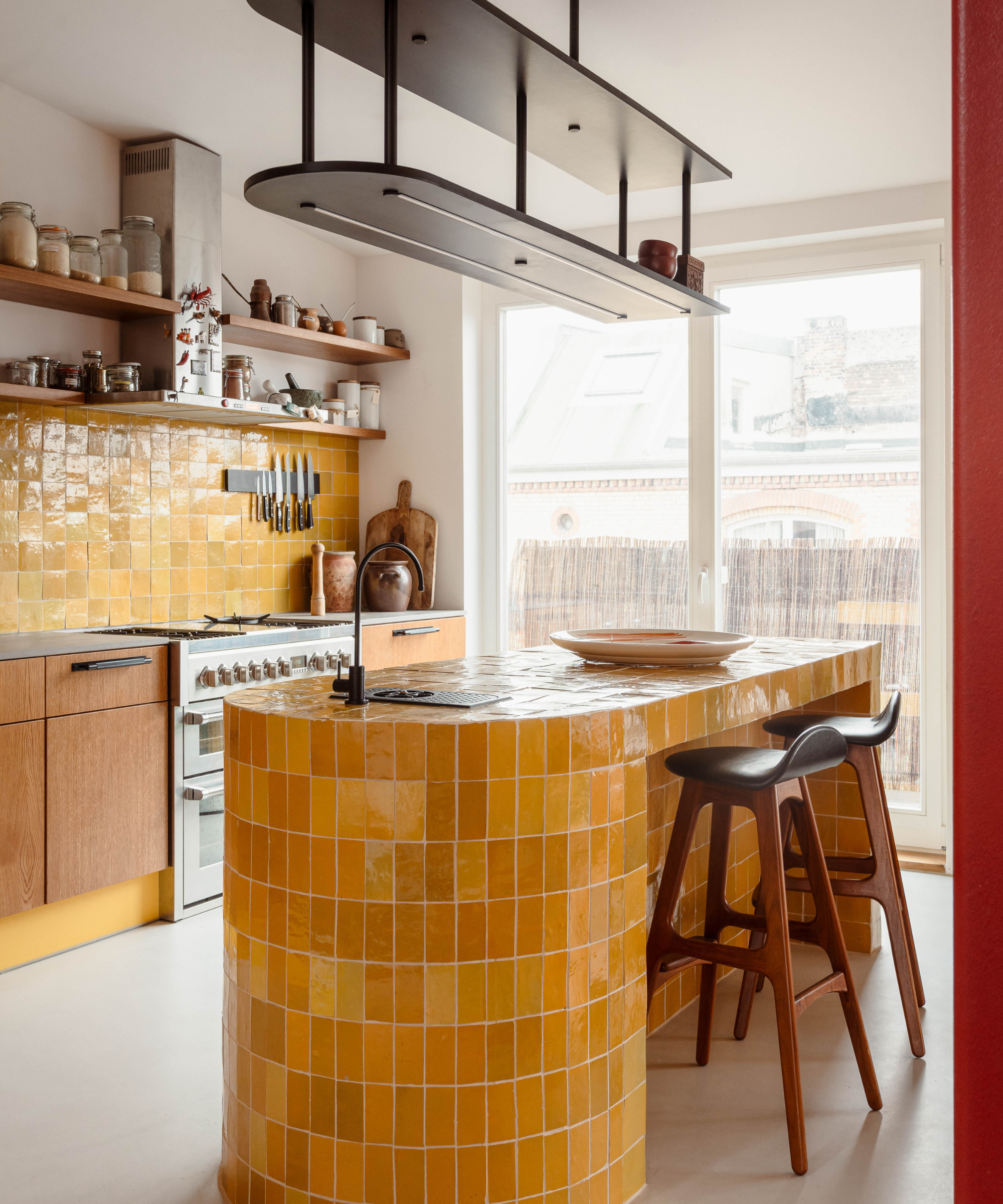
If there is a colorful kitchen to inspire a brighter scheme, it is this one, and more homeowners in Europe are ready to embrace an array of eye-catching hues in their entire interior design schemes, too.
'I definitely see a return to color all over the place,' says Kasia Kronberger, the founder and principal designer of Studio Bosko. As we can see, the German-based design studio does color well, and Kasia notes how they love to 'play with unexpected color combinations,' that bring joy and energy to the surroundings.
It is a way to inject more beauty and positivity into a space when there might be heaviness elsewhere. 'People need more warmth and optimism in the midst of negative news in the media.'
Especially if you lean into neutrals, decorating with yellow or another more energizing color might make an uplifting addition. Have fun with it. 'In the post-pandemic era, there’s a shift towards bolder, more vibrant color combinations, reflecting a renewed sense of energy and creativity,' adds Elayne Alves, the co-founder of MEL Interiors. 'Expect to see a mix of yellow, deep browns, and various wood tones for room color ideas, adding warmth and personality to spaces."
2. Art Deco in all its forms
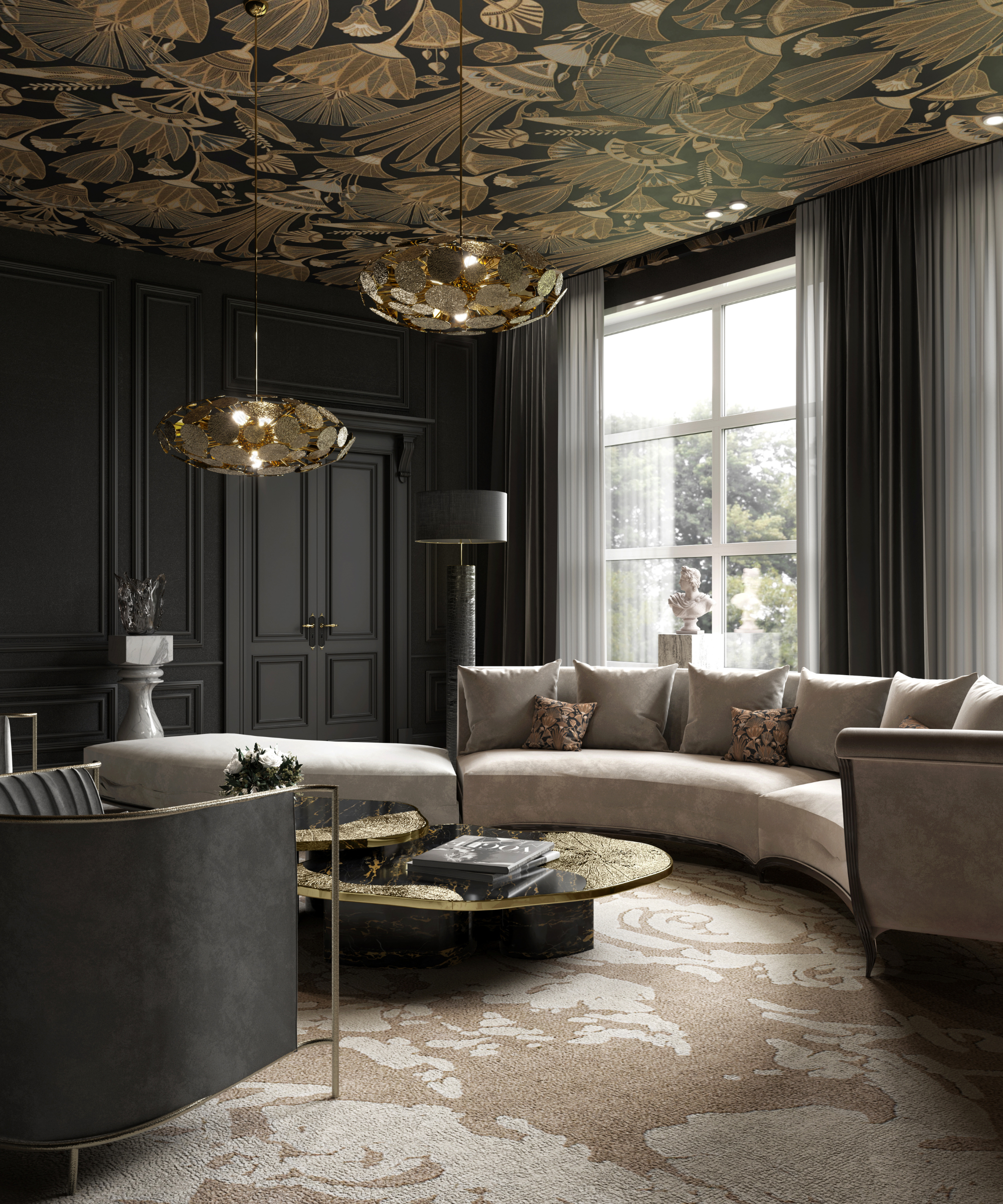
Celebrating its 100th anniversary this year, it is fitting that Art Deco decor is a much-coveted European design trend, and though only just resurfacing, it is set to be timeless. Defined by geometrics, metallic, mirroring, and bold lines, no wonder this style is enthralling designers all over again.
'Across Europe, there's a growing fascination with the revival of Art Deco, which I find incredibly exciting,' shares Janet Morais, an interior designer and the founder of KOKET, a design group with projects around the world including Barcelona, Spain and Hamburg, Germany. 'The trend celebrates boldness — from sharp lines and rich, lacquered finishes to mirrored surfaces, metallic accents, and opulent details.' As we can see, the mood is luxurious, and the color palette brings theatre, too. 'Color-wise, striking contrasts like black paired with gold or crisp white with sleek silver are key,' continues Janet.
The movement turns minimalist decor on its head, but there is room to experiment. Kasia shares a fondness for this look, too; noting style variations between continents. 'Art Deco is such a rich source of forms and finishes. I especially love Polish and Belgian Art Deco. It’s bolder and a bit more difficult to incorporate than the omnipresent mid-century aesthetic.' Let the movement politely accent a quieter interior design scheme. 'An Art Deco piece can really make a beautiful statement,' continues Kasia. 'It’s important to always stay within the original antique and vintage realm as it’s the history which adds depth.'
We further explore how designers are doing Art Deco in 2025 in our separate piece.
3. A focus on materiality and layering
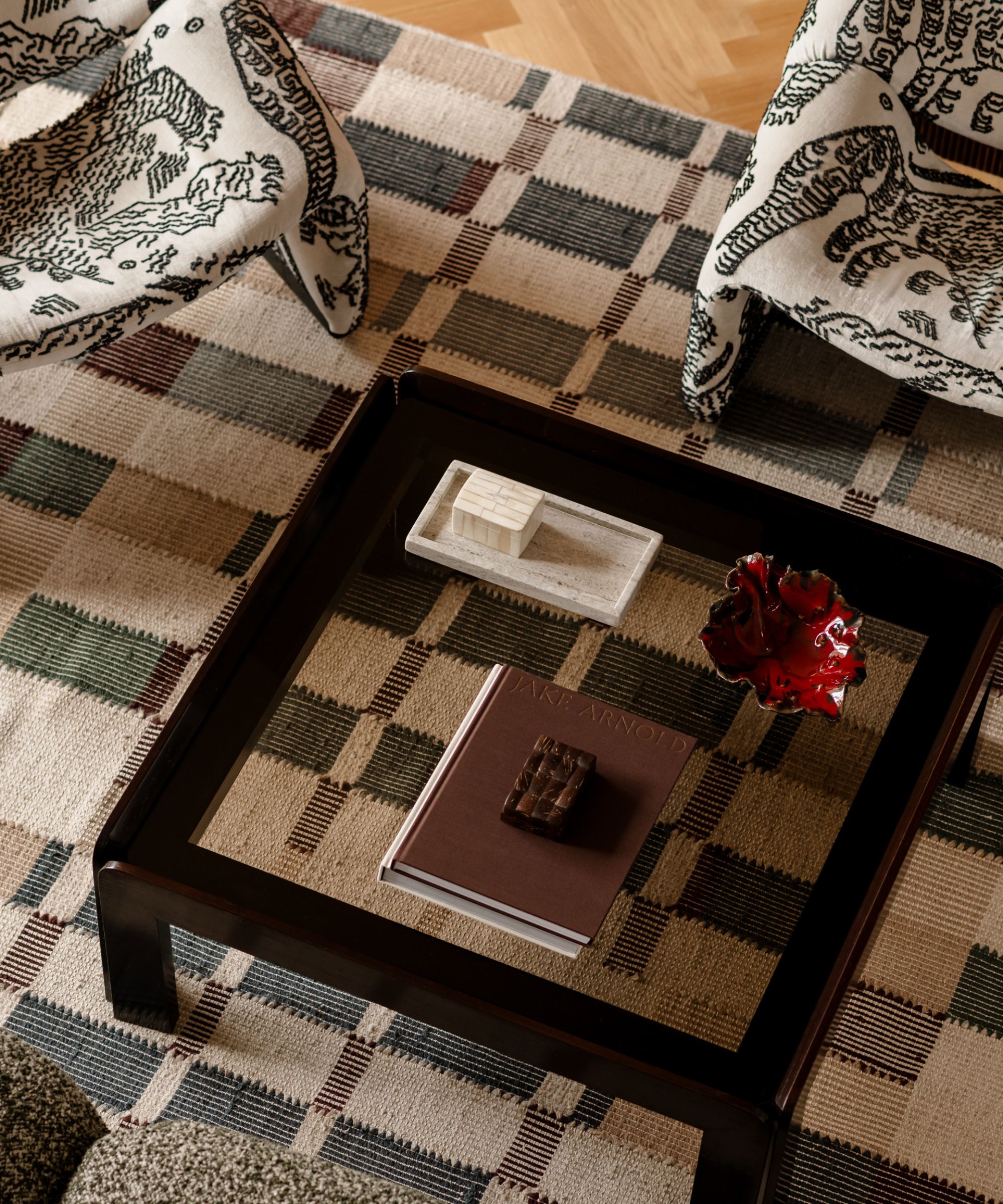
Using texture in interior design is a key part of a room's style, elevating the overall look and feel of a space, and designers are taking this to higher levels in Europe.
'For me design is equally tactical as it is visual,' continues Kasia. 'Combining different textures and surfaces is a way to add depth and interest into a space as well as to stimulate the senses.' As we can see, contrasting glass with textiles and woods adds depth, and carves out a distinct personality in the room – one that guests are sure to appreciate.
Focusing on the types of fabric, 'Wool is coming back,' says Arnoldus Aarssen, the Creative Director of Studioarte, an architecture practice based in the Algarve region. 'In Portugal, we are a wool country,' he continues, highlighting a new thirst for hand-knitted felt and organically produced leather, too. Favor these over well and done bouclé is the universal thought, 'Mocha and deep brown velvet fabrics are replacing bouclé, bringing warmth and depth to interiors,' continues Elayne, 'Linen and leather add texture and comfort, creating cozy, inviting spaces.'
4. Curated, 'un-decorated' spaces

Steering in the other direction towards a more pared-back finish that is nonetheless intriguing, this 181 house project is a masterclass in blending modern interior elements into a historical setting for a quietly elevated look.
'There’s a clear shift towards more personal interiors where luxury is conveyed subtly through thoughtful design,' says Mahmut Kefeli, industrial designer and co-founder of the Istanbul-based design studio Escapefromsofa that blends Eastern aesthetics with iconic European Bauhaus style principles. 'This can be done in a number of ways–whether it’s through bespoke designs that reflect a homeowner’s unique lifestyle, choosing furniture that feels made-to-measure for the space, drawing inspiration from the cultural and historical context of the home’s location, or simply weaving in heirlooms and art collections.'
From the clever use of negative space to the enigmatic decor, there is an art to such a distinguished look. ' The quiet luxury trend is really about creating a home that feels curated rather than decorated, emphasizing storytelling through personalization and effortless functionality,' continues Mahmut.
5. Blending design eras and leaning into the 'anti-trend'
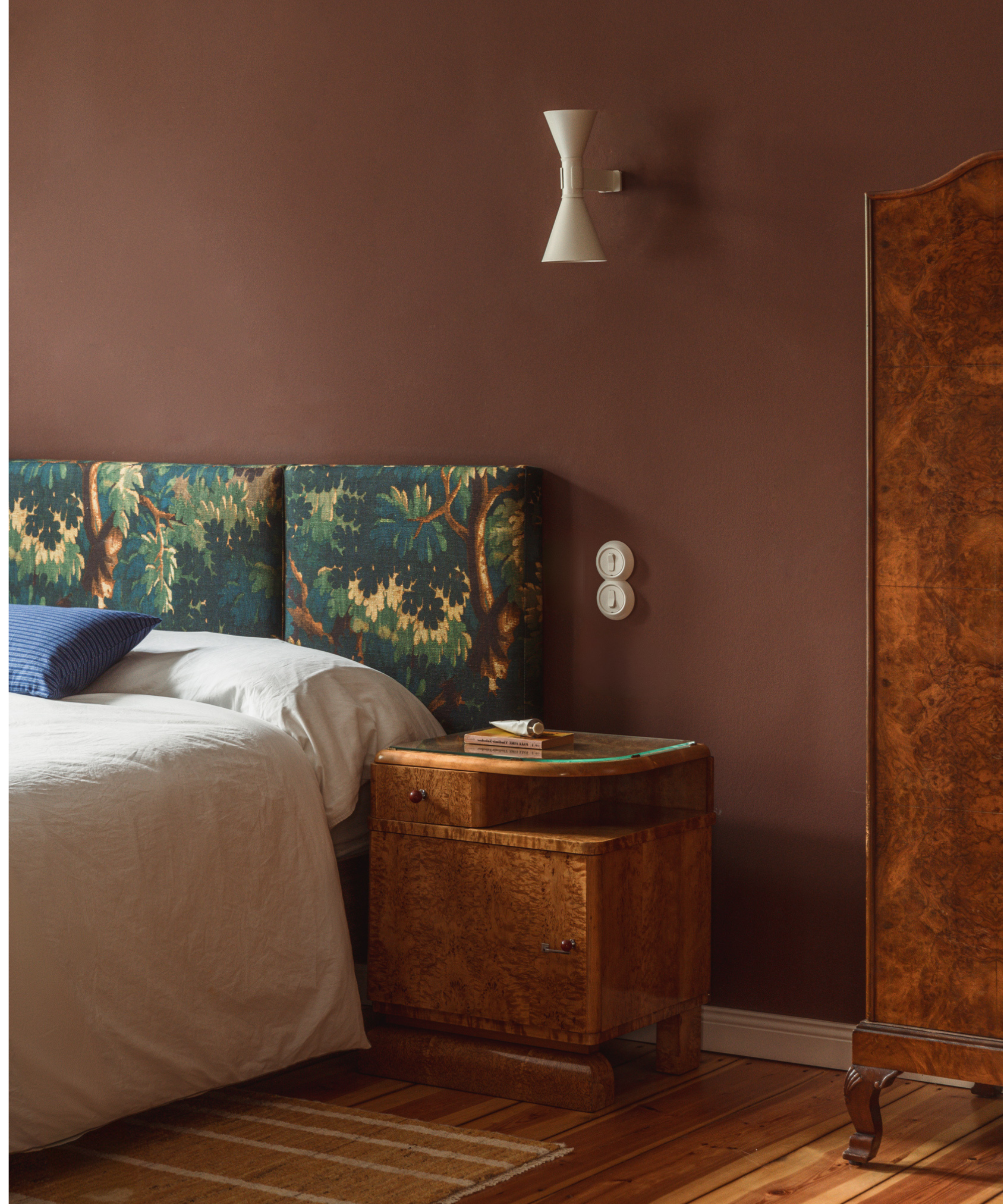
To keep a space even more one-of-a-kind, do not hesitate to let cherished items that do not feel so connected live together. 'The most important direction I see: mixing furnishings from different eras and provenances for a curated, personal interior,' continues Kasia. For the above bedroom ideas we see unique burl furniture that feels more mid-century, alongside a vintage, Victorian-style headboard and they blend together effortlessly. Lean into your own take on interior design, rather than being overly reliant on what is 'trendin' per se.
'What drives my designs is much more my intuition and not the progression of trends,' notes Kasia. 'More and more of our clients appreciate that their home should be personal, and should reflect their story. This trend is way more important than a shade of brown or rounded corners.'
Considering what is timeless and speaks to you is key, from wall sconces to trinkets. 'In the Netherlands, there’s a strong appreciation for mixing styles, with people expressing their personalities through art, unique objects, and decorating with vintage pieces, creating spaces that feel both curated and deeply personal,' adds Elayne.
6. Vintage and heritage elements that spark curiosity
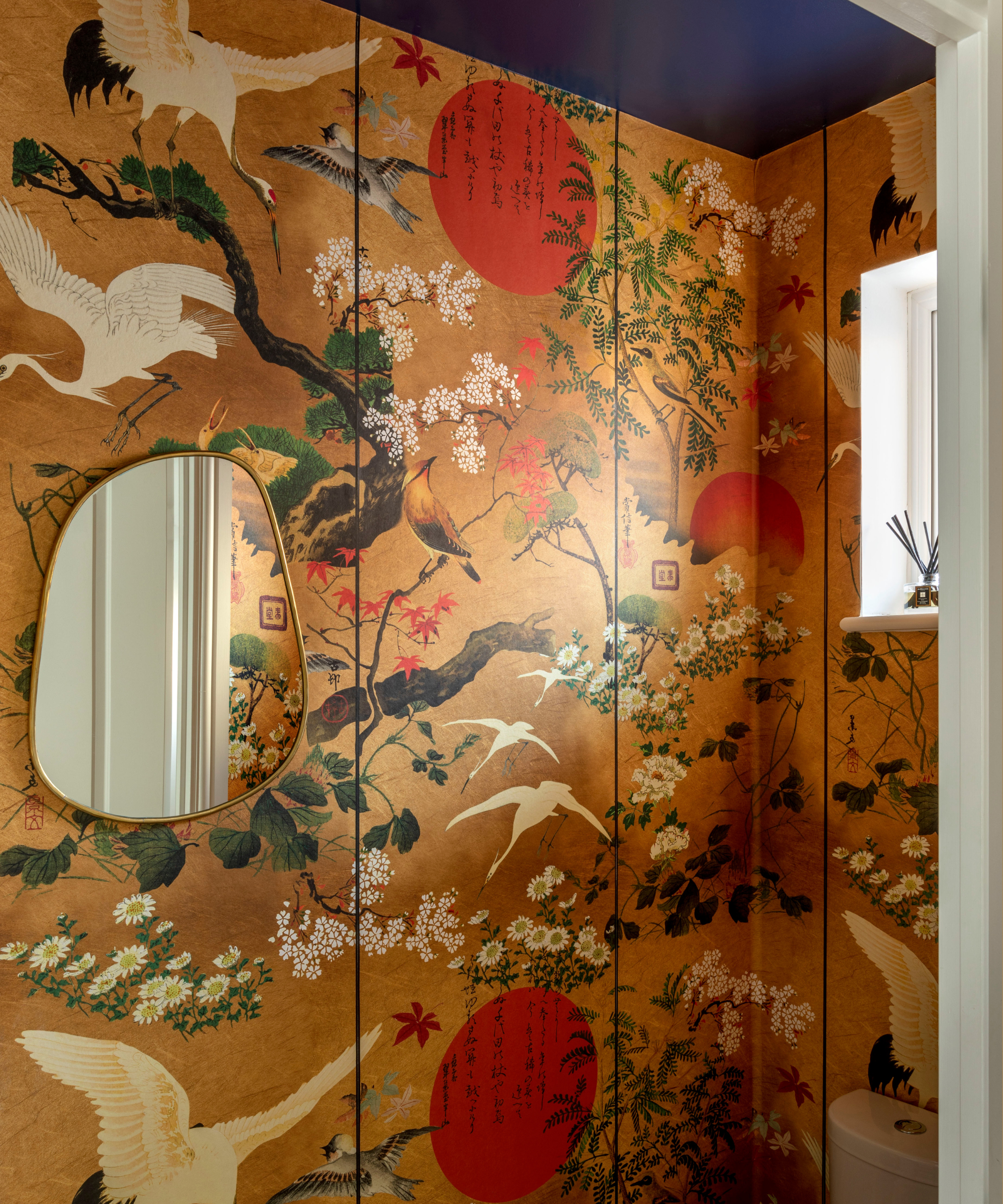
We always speak highly of vintage trends and Europe is a playground for special finds that will bring instant charm to a home.
Founder & Creative Director of Studio Augustine, Augustine Atobatele, works on a number of projects in Europe, refreshing apartments in Paris, homes in Germany, and in the south of France, too. In this project, the devil is in the detail and the distinguished chinoiserie wall covering is lifted further by unexpectedly rich ceiling paint ideas. 'The ceiling treatment Yves Klein ‘Bleu’ amplifies the wallcovering to create an intimate space that is still characterful, story-rich ensuring every wall including the fifth is detailed,' says the designer who won best newcomer project in H&G's design awards 2024.
Nicola Fontanella, Argent Design’s CEO & Founder loves incorporating iconic prints and heirloom objects into designs too, often sourcing vintage Hermes fabrics and ultra-rare light fixtures from Italy’s most coveted markets, 'I love mixing antiques into our period homes to give them character, and helping with the DNA and narrative of the building,' says Nicola. 'It adds curiosity.'
7. Nature's moodiest, most cocooning colors
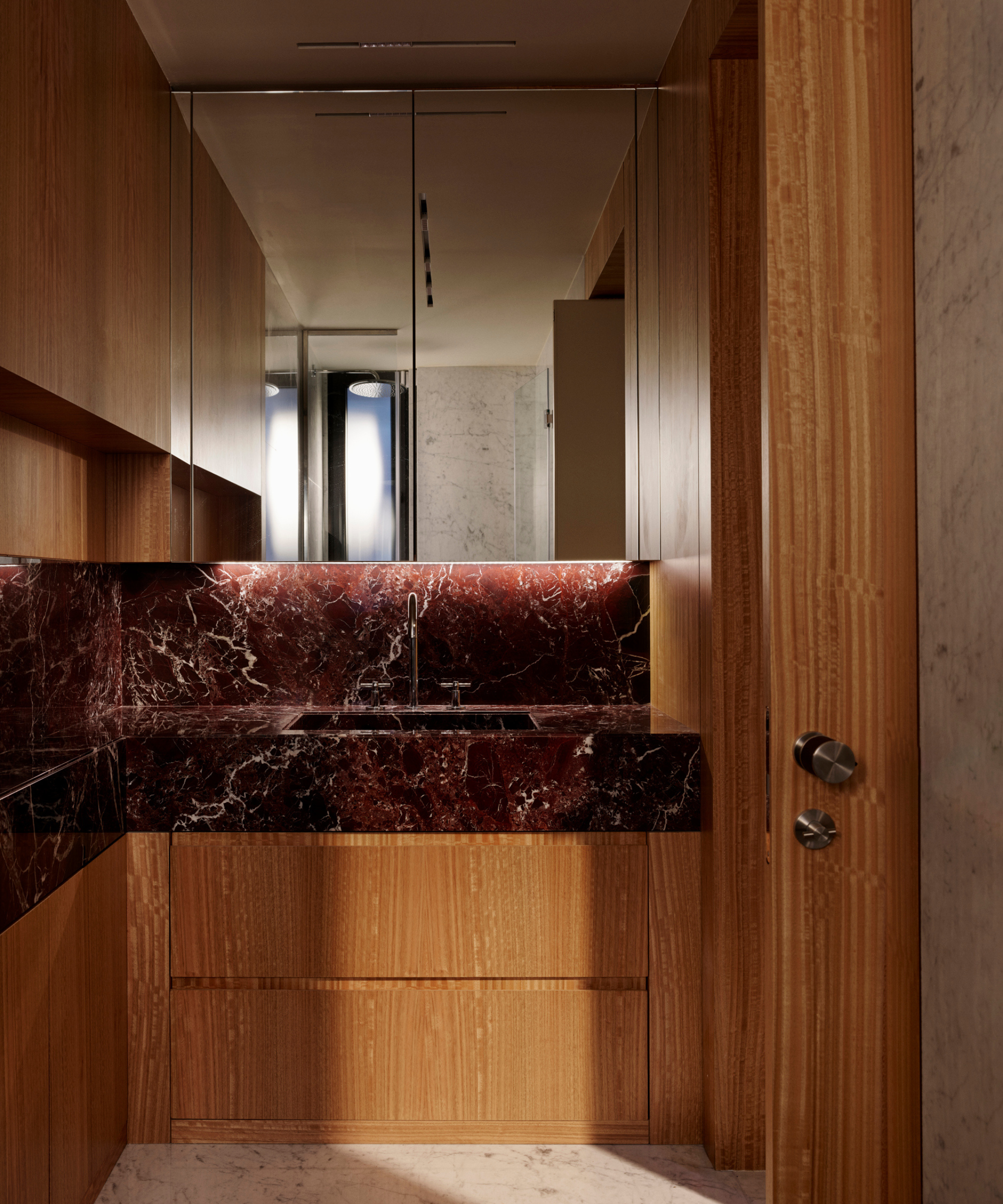
Red marble with prominent veining brings drama to this bathroom, part of the MC house project by Escapefromsofa
Bright colors aren't the only hues taking centerstage, either, with rich, dark, pigmented looks adding drama to some of the most memorable European room designs.
Bringing a heady warmth to a modern bathroom, maroon-red marble pairs beautifully with the wooden cabinetry in this space that sports Nordic flair, too. 'Rich, earthy tones—ochres, deep browns, and muted greens—are defining interiors across Europe,' continues Mahmut. Though some are steering away from decorating with brown, many designers see this as a timeless element in a color scheme. 'These colors create warmth, depth, and a connection to nature. Paired with natural materials like wood and stone, they foster a calming, cocoon-like atmosphere that feels both modern and inviting.'
8. Curves and "organic modernism"
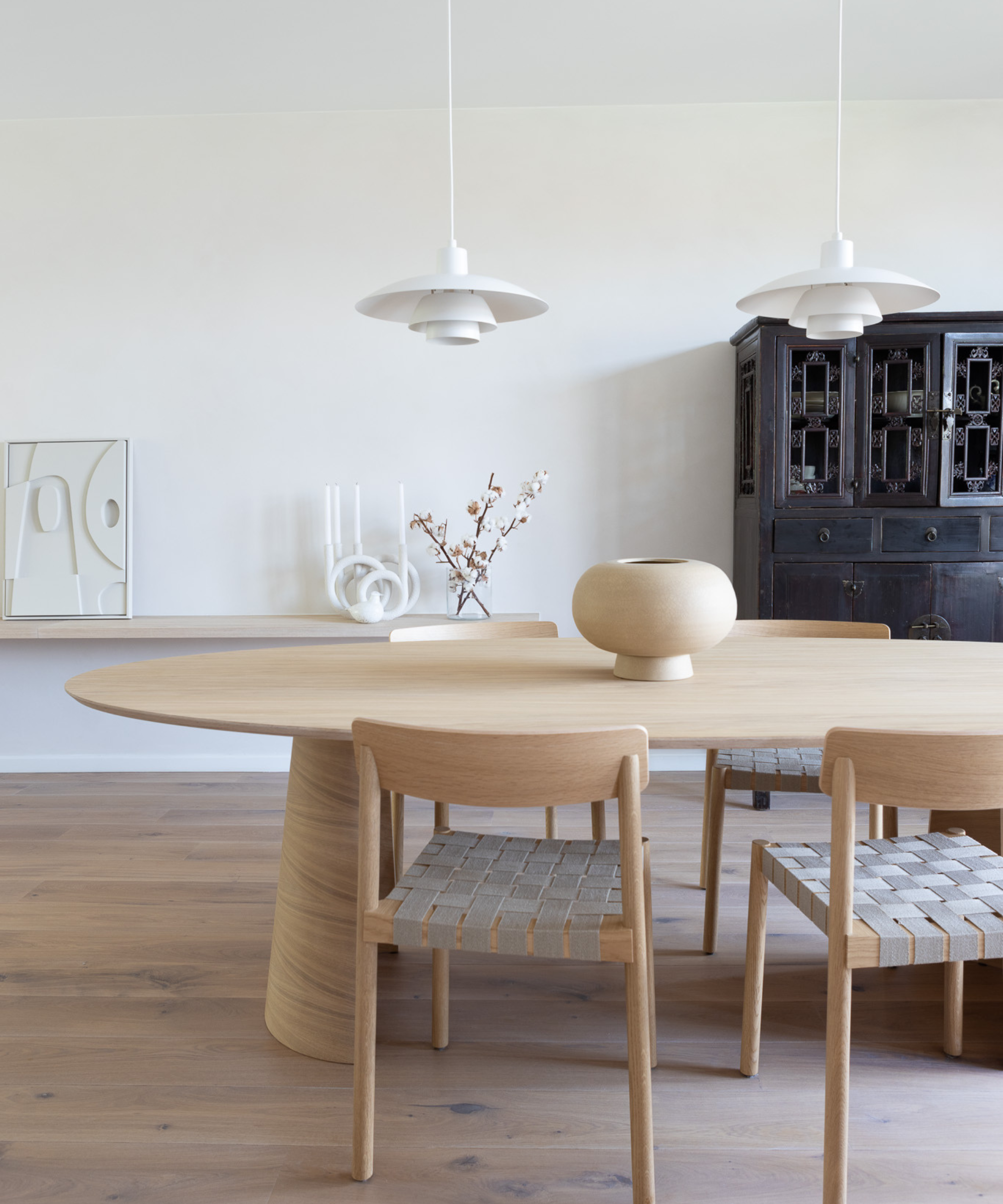
Spotlighting a loftier aesthetic; here, calm colors and softly shaped pieces contrast more prominent materials. 'We would describe it as 'organic modernism', continues Marília Callou, co-founder of MEL Interiors. 'Where mixed metals seamlessly blend with natural wood tones, complemented by the rich presence of deep brown hues. Not just in furniture but also on walls and art.' We explore more looks in our piece on the organic modern trend.
Sinuous furnishings are here to stay and serve a 'more inviting atmosphere,' says Marilia, adding flow and counteracting harsh lines. 'Curved sofas, round dining tables, and rounded kitchen island ideas make the environment feel cozy and comfortable, evoking a sense of relaxation. The trend also adds an element of sophistication, whether in minimalistic designs or more playful, sculptural forms.'
9. Curating locally-sourced materials
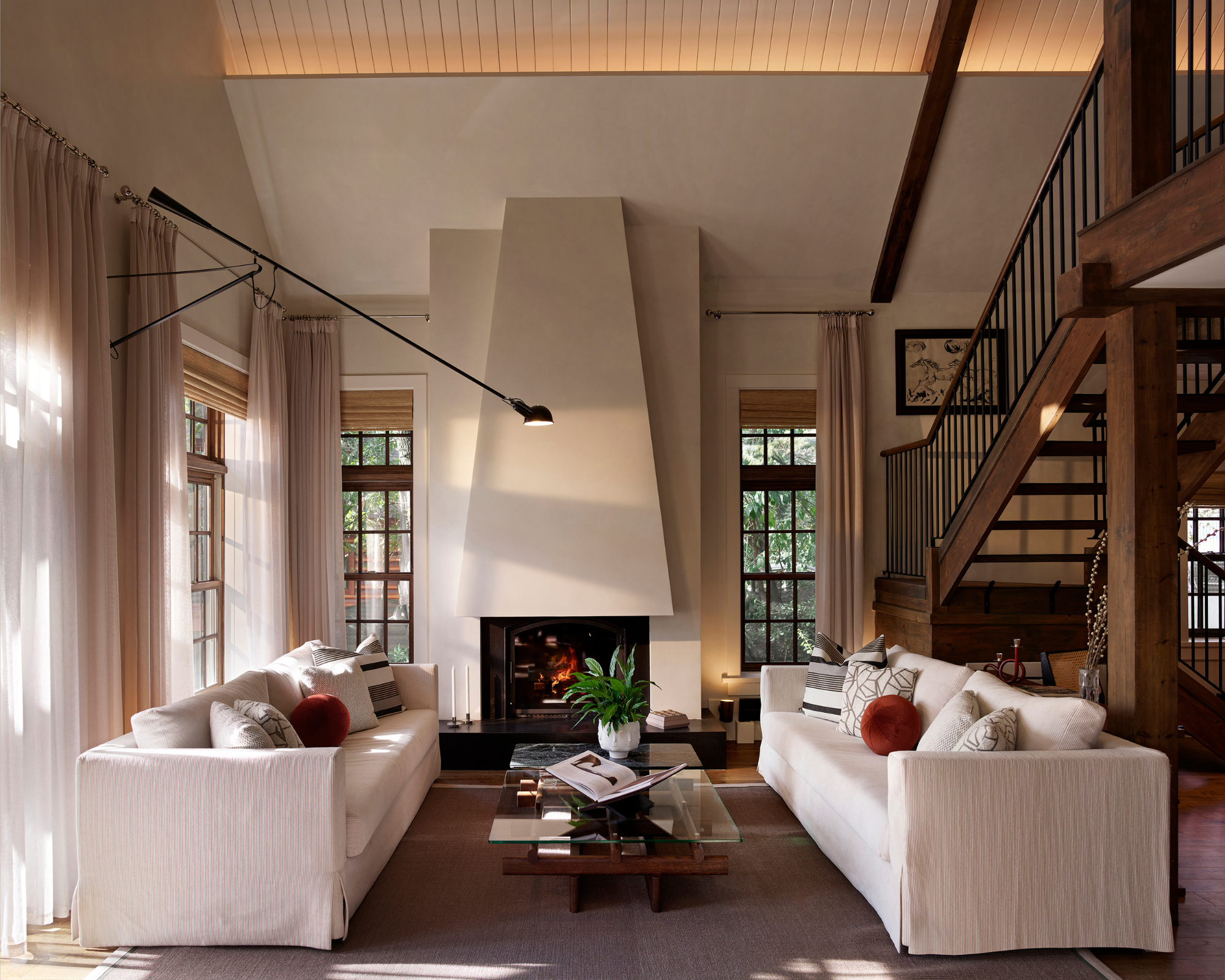
The living room of the Kemer Country Project by Escapefromsofa combines nature with sophisticated design for a welcoming finish.
Choosing materials with care to support the environment is a universal priority and of utmost importance for many designers in Europe at the moment. 'Sustainability is shaping design, with a strong emphasis on natural materials such as travertine, reclaimed wood, and linen,' explains Mahmut. 'Interiors are moving towards organic textures that age beautifully, enhancing the connection between indoor spaces and the natural world.'
Honoring the heritage of a region and making it part of the interior design narrative comes into play here, too. Designers are keen to echo the region's beauty in their work. Matoula Karagiannis, the Principal at Champalimaud Design has noticed this shift, too. 'We are finding our recent projects throughout Europe to be focused on the environment they live in. In our work on the cottages of CostaTerra in Comporta, Portugal, that means umbrella pines, cork oaks and miles of empty beaches and dunes.'
The world moves fast, and trends come and go, but our designers highlight the brilliance of seeking out timeless looks. 'It’s important to recognize that European interior design trends are more enduring than fashion trends,' notes Marília Callou of MEL Interiors. 'While fashion is fast-moving, interior trends often evolve into timeless styles, especially if they align with your personal taste, they will never truly go out of style.'
For more beautiful design inspiration from Europe, we explore everything you need to know on European kitchen design in our separate feature.
Sign up to the Homes & Gardens newsletter
Design expertise in your inbox – from inspiring decorating ideas and beautiful celebrity homes to practical gardening advice and shopping round-ups.

Camille is the former deputy editor of Real Homes where she covered a broad range of topics, including house tours, small space design, and gardens. She studied English language and Italian at the University of Manchester and during a year abroad studying linguistics and history of art in Bologna, Italy she started documenting her adventures and observations in a blog. Camille is always creating and spends her downtime painting, taking photos, traveling, and writing short stories.
You must confirm your public display name before commenting
Please logout and then login again, you will then be prompted to enter your display name.
-
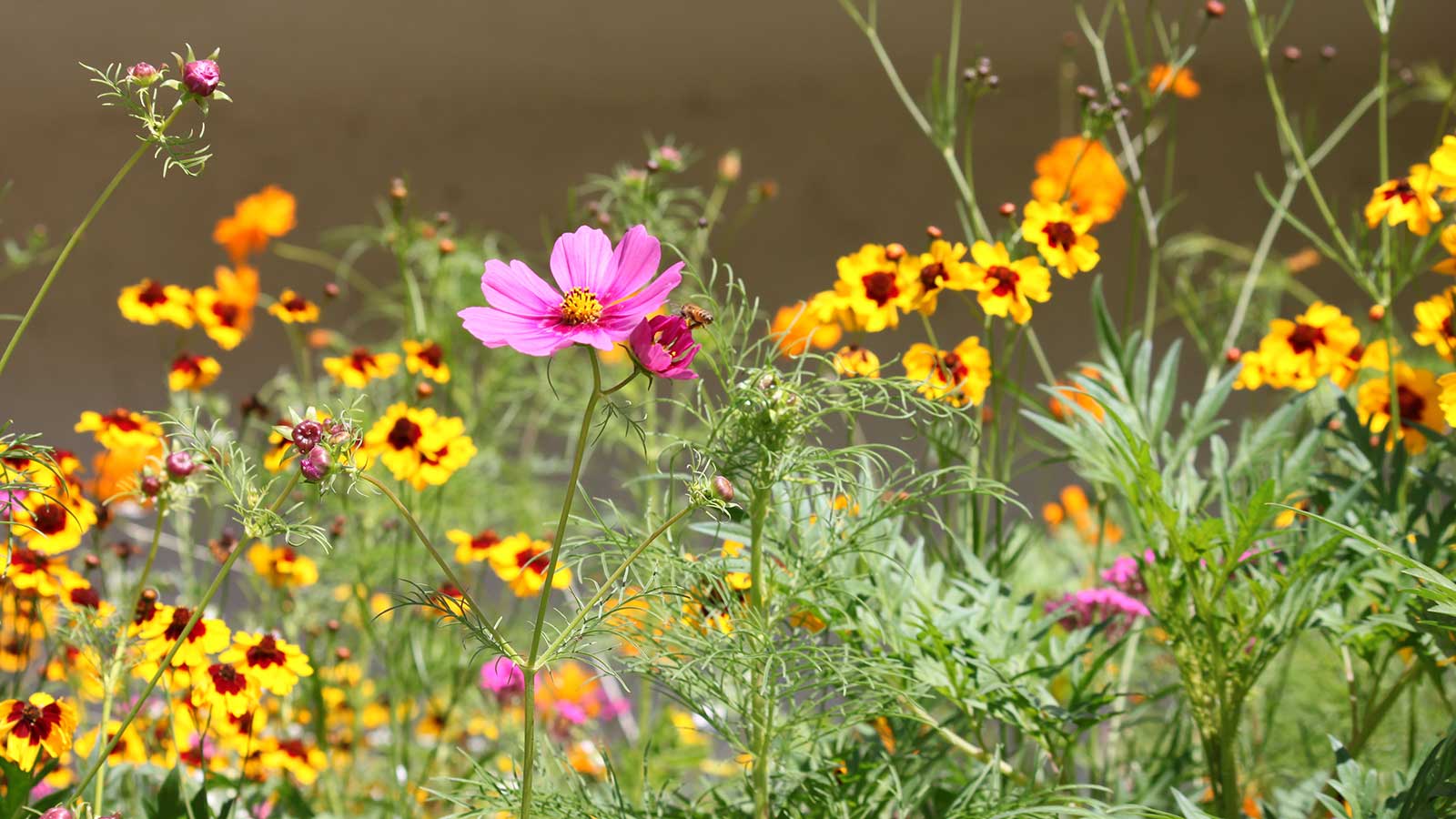 How to design a mini meadow in pots – and welcome birds, bees and butterflies to your urban wildlife garden this summer
How to design a mini meadow in pots – and welcome birds, bees and butterflies to your urban wildlife garden this summerExperts share advice on species recommendations, soil, and types of containers to use for meadow planting
By Holly Crossley
-
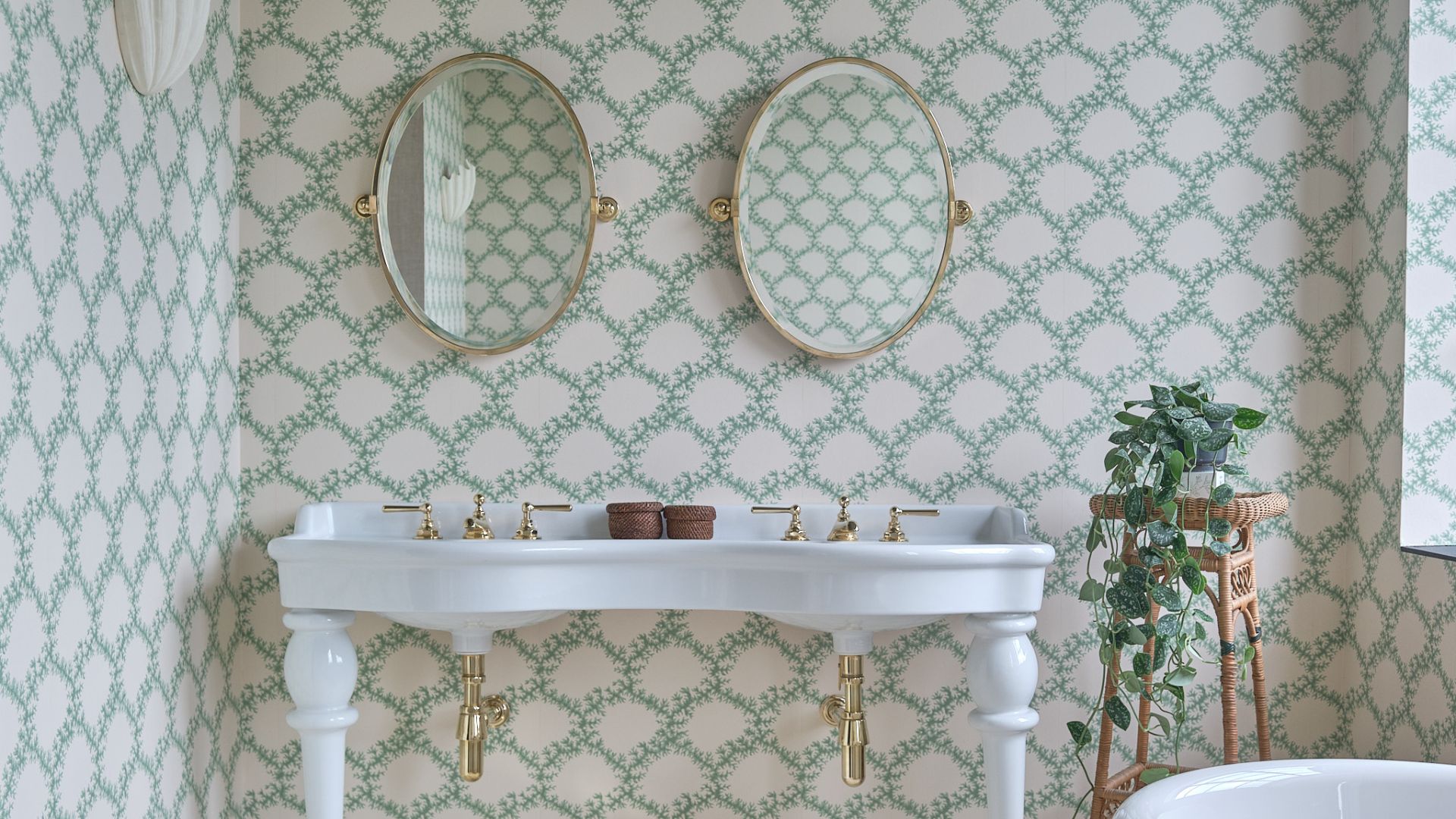 I tried this glycerin hack to stop the mirror in my bathroom from fogging up – and it worked like magic
I tried this glycerin hack to stop the mirror in my bathroom from fogging up – and it worked like magicIt instantly fixed one of my biggest pet peeves
By Chiana Dickson